Getting cargo into orbit is not easy. It requires a very impressive amount of fuel. This is why the rockets used for space missions are so large. The largest of them are comparable in height to skyscrapers. Today we are going to tell you about the five biggest rockets in the history of astronautics.
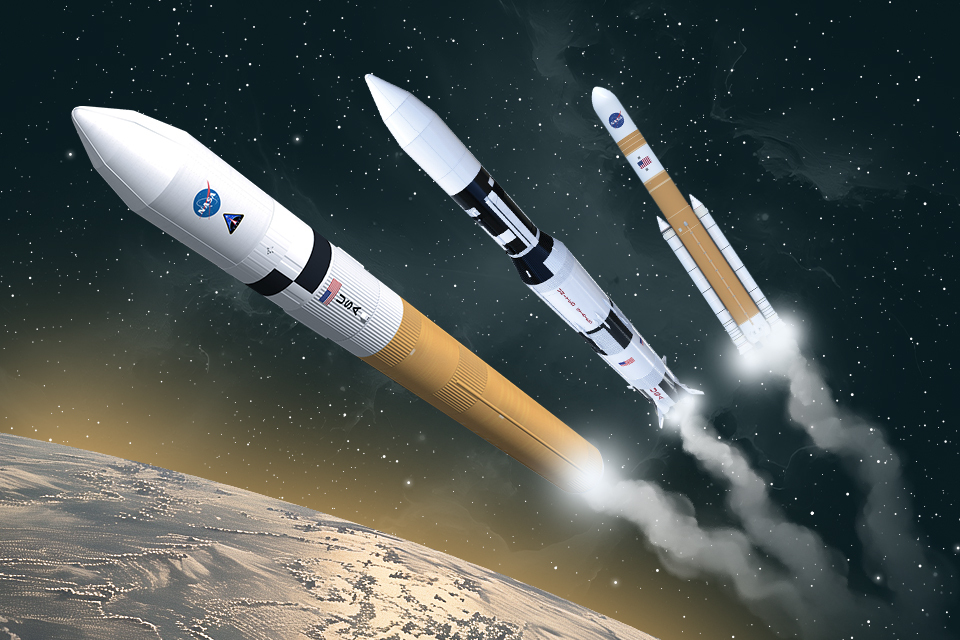
Ares I (94 meters)
Ares I is probably the least known rocket on our list. It was built by NASA as part of the Constellation program and was intended to launch the Orion spacecraft into Earth orbit. The rocket had a height of 94 meters, a mass of 900 tons (including propellant) and consisted of a modified solid-fuel booster from the Shuttle, on which a liquid-propellant second stage was mounted.
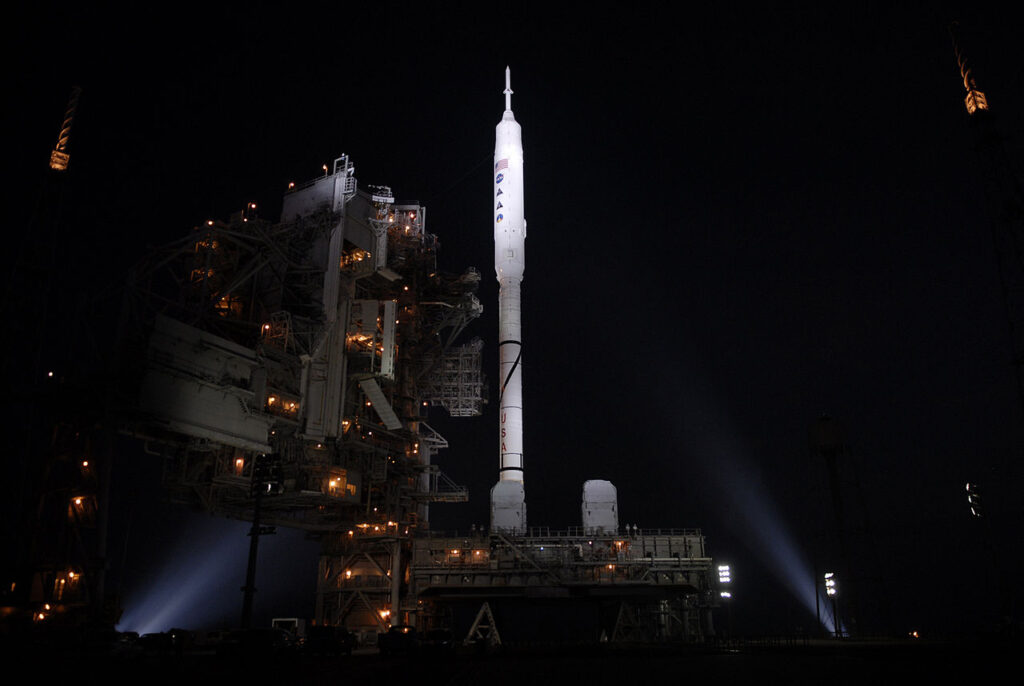
Ares I flew once. In October 2009, NASA carried out a test suborbital launch of the rocket. During that mission, instead of the second stage and payload, it carried mass-dimensional mockups. Ares I managed to reach an altitude of 45 km, accomplishing most of its objectives. However, shortly after that the Constellation program was shut down, which led to the termination of the rocket’s development.
SLS (98 meters)
The SLS rocket is often positioned as a modern Saturn V. It was created by NASA as part of the Artemis program, the purpose of which is to return people to the Moon. The rocket consists of a pair of solid-propellant boosters and a pair of liquid stages. Its height is 98 meters and its mass is 2,610 tons.
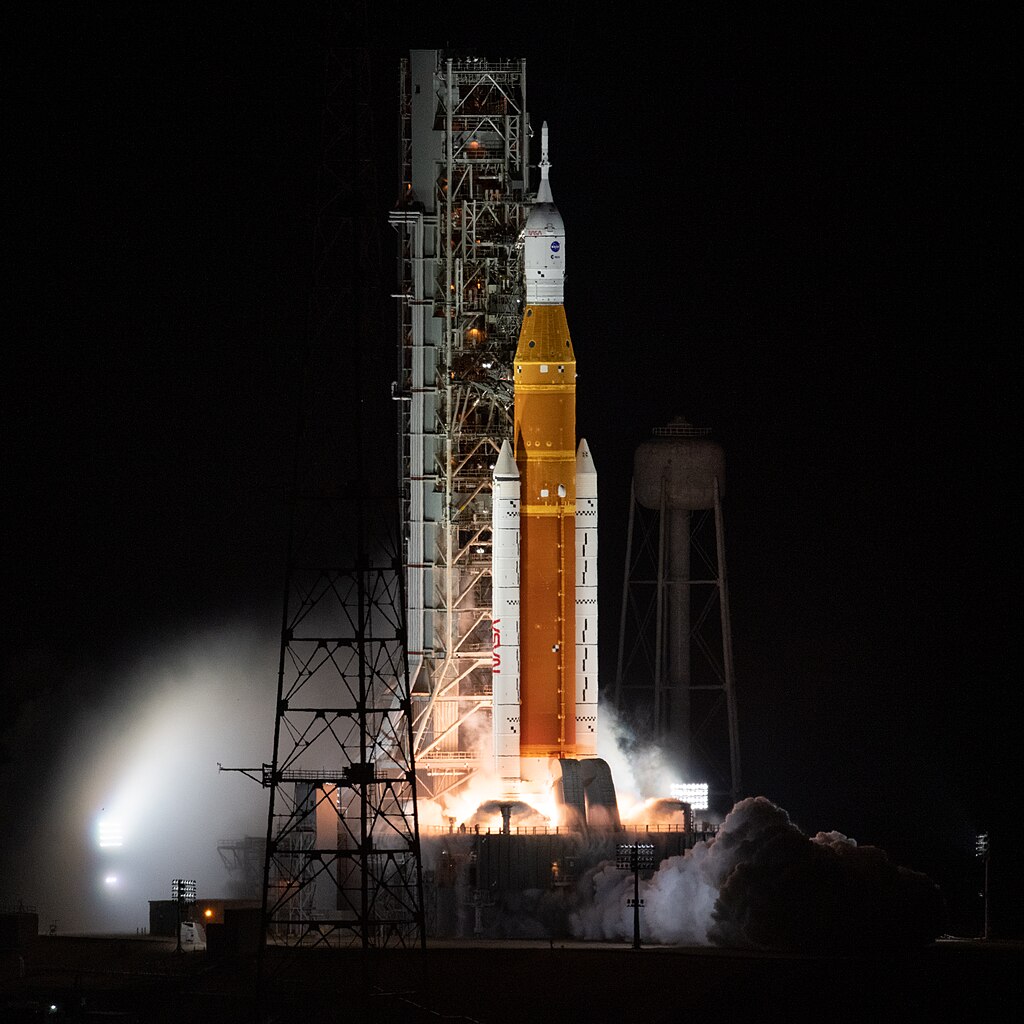
At the moment, the SLS has one test flight to its credit. In November 2022, the rocket sent an unmanned Orion spacecraft to the Moon. The mission was a success. The first manned flight of the SLS is still scheduled for September 2025. It is quite possible that in time the rocket will grow up and will be able to overtake the Saturn V. The fact is that in the future, NASA plans to create a more powerful modification of the SLS, the height of which will be 111 meters.
H-1 (105 meters)
The N-1 rocket was created as part of the Soviet lunar program. It was tasked with landing a Soviet cosmonaut on the surface of our planet’s moon. The H1 was 105 meters high and had a mass of 2,750 tons. It consisted of five stages.

Between 1969 and 1972, four H-1 test launches were conducted. All of them ended in accidents during the first stage operation phase. In one case, the rocket fell on the launch table, completely destroying it. These failures led to the closure of the Soviet lunar project.
Saturn V (110 meters)
Saturn V is the most powerful and highest rocket of the 20th century. It was created by NASA for the purpose of landing people on the Moon. The rocket consisted of three stages. Its height was 110.6 meters and its mass was 2970 tons.
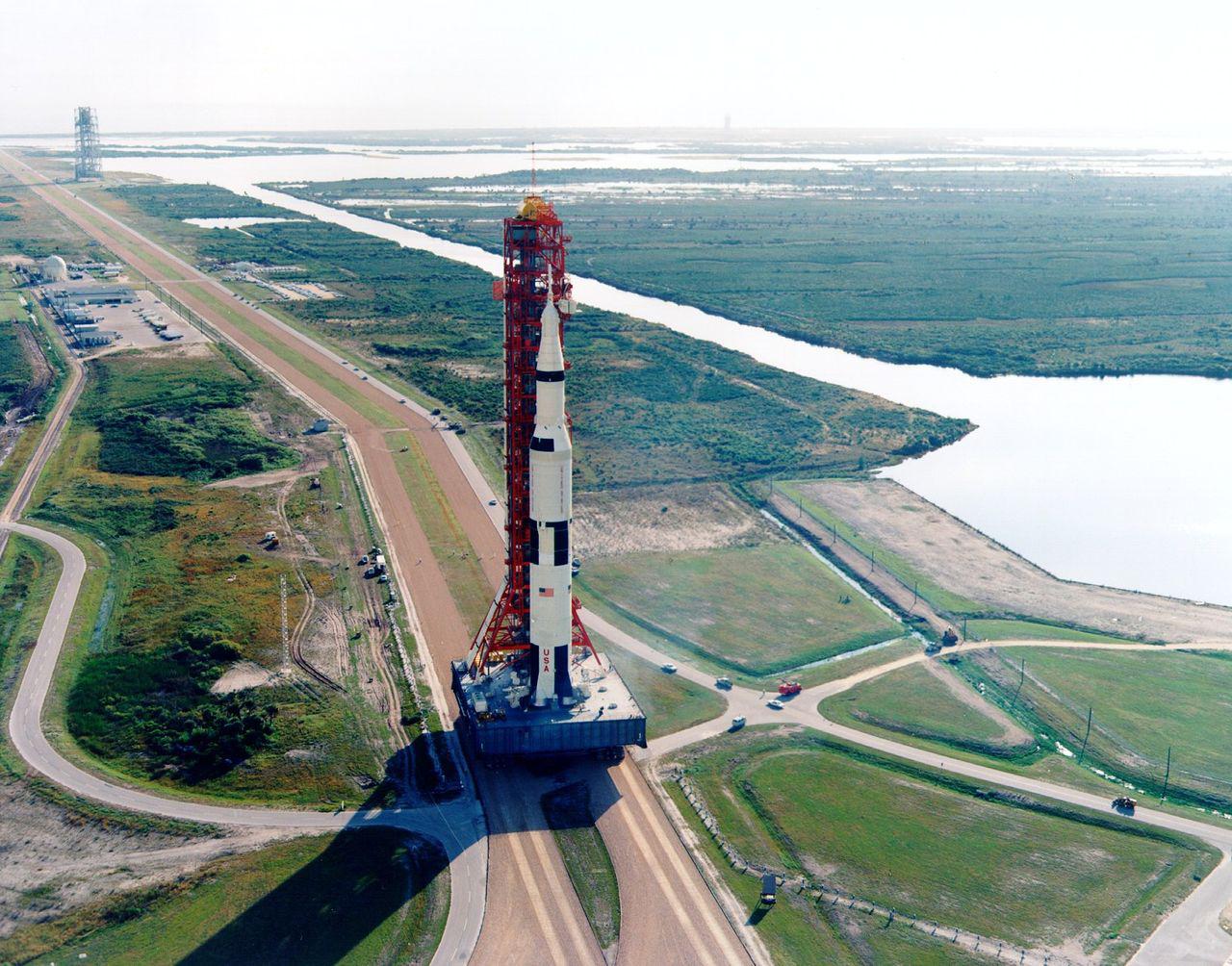
In total, Saturn V flew into space 13 times. It was the rocket that sent the Apollo 11 mission to the Moon, as well as all other lunar missions. The rocket also launched the Skylab orbital station into Earth orbit. The Saturn V was discontinued in 1973. The stages of the two unused rockets are now on display in the expositions of various American museums and space centers.
Starship (121 meters)
The super-heavy Starship rocket being built by SpaceX is not just the most powerful rocket, but also the highest in history. Its height is 121 meters and its mass when fueled is approximately 5,000 tons. The rocket consists of a Super Heavy booster and a Starship spacecraft, each of which is reusable.
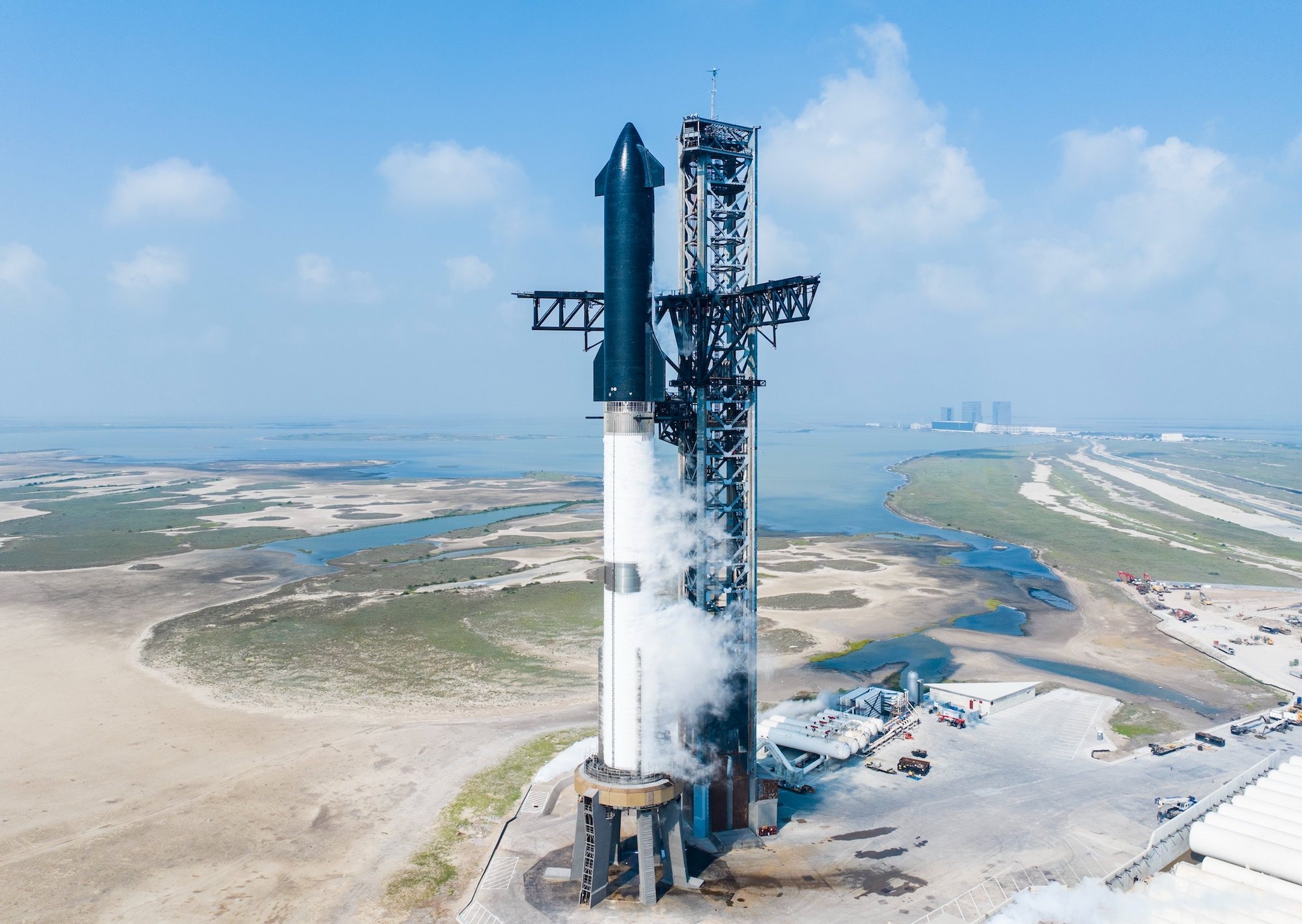
For now, Starship is still in the testing phase. It has already flown four times. During the last flight, SpaceX managed to successfully bring both the booster and the prototype spacecraft. So it’s not so far off to be the first time Starship will launch a payload into orbit. It’s also important to note that since the system is still in development, these are not the final dimensions. The so-called third version of Starship is expected to be about 15 meters higher than the current version.


